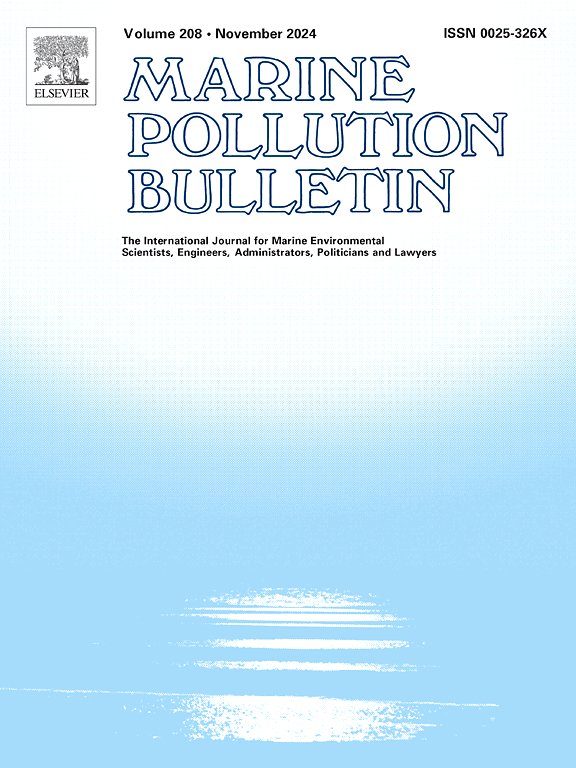深入了解沉积物分馏分析:从采样到结果可视化
IF 5.3
3区 环境科学与生态学
Q1 ENVIRONMENTAL SCIENCES
引用次数: 0
摘要
本文重点介绍了操作条件对金属分选的重要性及其对顺序萃取和单步萃取结果的影响。讨论的是金属被纳入水生系统的不同途径,以及沉积物的性质及其与金属的相互作用之间的关系。此外,还考虑了所谓的金属提取方法的相关性,无论是顺序提取还是单步提取,以获得有关沉积物中金属的生物利用度和流动性的信息。几个方面,如采样和样品储存,沉积物处理(干燥和筛分),沉积物质量/萃取剂体积比和操作时间进行了审查,因为它们可以显著影响与每个地球化学相相关的金属的回收率。最后,化学计量学技术被认为是可视化和解释所获得数据并将其转化为相关信息的有用工具。虽然使用了各种试剂和操作条件,并取得了令人满意的结果,但除了BCR之外,还没有标准化的方案,该方案经过了多次修改。这表明,即使是最好的萃取剂组合也会有优点和局限性,使用一种方案或另一种方案取决于所需信息的类型。从这个意义上说,实验条件在获得关于金属的流动性和可用性的可靠信息方面起着相关的作用。本文章由计算机程序翻译,如有差异,请以英文原文为准。
An insight into sediment fractionation analysis: from sampling to visualisation of results
This review is focused on the importance of operational conditions for metal fractionation and their influence on the results obtained, using both sequential and single step extractions. The discussion is about the different pathways by which metals are incorporated into aquatic systems and the relationship between the nature of sediments and their interaction with metals. In addition, the relevance of the so-called metal extraction methods, either sequential or single-step extractions, to obtain information about the bioavailability and mobility of metals in sediments is considered. Several aspects, such as sampling and sample storage, sediment processing (drying and sieving), sediment mass/extractant volume ratio and operational time, are reviewed since they can significantly affect the recoveries of metals associated with each geochemical phase. Finally, chemometric techniques are addressed as useful tools to visualise and interpret the data obtained and transform them into relevant information. Although a variety of reagents and operating conditions have been used with satisfactory results, there are no standardised protocols, with the exception of the BCR, which has undergone successive modifications. This shows that even the best combination of extractants can have advantages and limitations, and the use of one protocol or another will depend on the type of information required. In this sense, the experimental conditions play a relevant role in obtaining reliable information on the mobility and availability of metals.
求助全文
通过发布文献求助,成功后即可免费获取论文全文。
去求助
来源期刊

Marine pollution bulletin
环境科学-海洋与淡水生物学
CiteScore
10.20
自引率
15.50%
发文量
1077
审稿时长
68 days
期刊介绍:
Marine Pollution Bulletin is concerned with the rational use of maritime and marine resources in estuaries, the seas and oceans, as well as with documenting marine pollution and introducing new forms of measurement and analysis. A wide range of topics are discussed as news, comment, reviews and research reports, not only on effluent disposal and pollution control, but also on the management, economic aspects and protection of the marine environment in general.
 求助内容:
求助内容: 应助结果提醒方式:
应助结果提醒方式:


